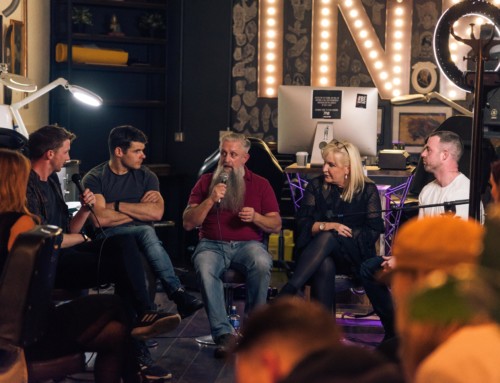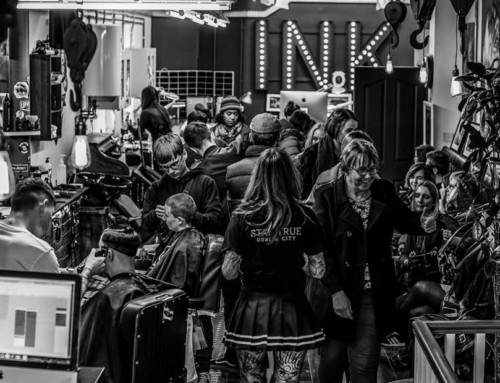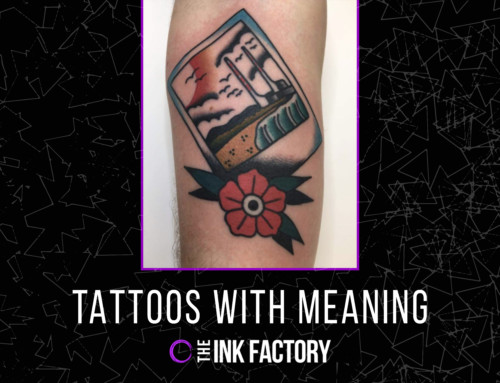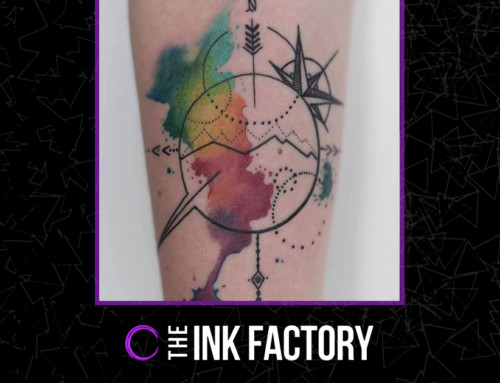Maori tattoos have remained among the most consistently desirable forms of inkwork available. It’s not hard to see why: Maori tattooing involves astoundingly detailed and expansive designs, making them a perfect choice for someone looking to significantly deepen their connection to tattooing culture and graduate to a large, statement piece. As such, Maori sleeve tattoos and back tattoos are among the most sought after places to experiment in this style, as they provide huge scope for dramatic, ambitious pieces. While there are much more similarities than differences between Maori and Samoan tattooing – together they form the two main forms of Polynesian tattooing as a whole – in simplest terms, Maori tattooing can be distinguished by its swirling, coiling patterns, while Samoan tattooing leans more towards clear lines and geometric shape detailing, and tattoos are more focused on the legs and buttocks.
The long history of Maori tattooing is also a massively influential reason for its popularity. Ta moko, as the tattooing practice is termed by the indigenous people of New Zealand, has long held a unique fascination among various cultures which have encountered it. To provide some illustration, we can turn to the fabled journey of the Maori chief Hongi, who travelled back to England in 1815 and ended up being invited to a private reception with King George IV. Hongi was given some muskets and other weaponry in return for previously unseen and unheard of Maori items. From there modern weaponry became an extremely valuable commodity and, indeed, instruments of power among Maori tribal leaders. This, combined with an increasing fascination with Maori culture in the West and the intricate facial tattoos which featured as part of it, created an altogether grim trading network in decapitated tattooed heads. While accumulating and showing off chopped heads of one’s rivals was already an established tradition in Maori culture, the enthusiasm of colonial era collectors to go about sourcing and then presenting these elaborately-detailed heads in exhibitions and museums around Europe created an unprecedented level of fascination with the concept of tattooing.
Thankfully interactions between westerners and the traditions of Ta moko operate on a much more wholesome level nowadays, but exercising some caution and doing your research is advisable, so as to not cause any offence. It’s important to state that traditional Maori tattooing is deeply spiritual and ritualistic. Indeed, in the world of Ta moko, no two tattoos are technically identical, as these tattoos describe an individual’s personal lineage among these intricate lines and swirling shapes. So borrowing wholesale from an existing Maori tattoo image is a no no. This is no reason to be put off exploring Maori tattooing however – it really just allows even greater personalisation and hence can give even greater significance to the inkwork being done. Sitting down and generating a design with tattoo artist skilled in this field is a truly mind blowing experience, and for many a tattoo enthusiast a Maori work becomes their defining piece of ink.
While the world of Maori tattooing is expanding, modernising and hybridising in many different forms, it’s also getting back to basics in some intriguing ways. The start of the 21st century has seen a notable resurgence in Maori women getting inked with the traditional chin tattoo of their ancestors (known as moko kauae). In 2016, Nanaia Mahuta became the first woman to display a moko chin tattoo in New Zealand’s parliament, marking a historic moment for this tattooing practice.
The variety of applicable shapes and the technical detail involved in Maori tattooing suggests it will grow in stature and popularity over the next while, as tattooing culture as a whole continues its impressive rise to the forefront of global culture and the amount of tattoo connoisseurs grows and grows. Perhaps more than anything, Maori and Maori-influenced tattooing holds the appeal of engaging in depth with arguably one of the most richly-diverse and iconic tattooing cultures in existence.





